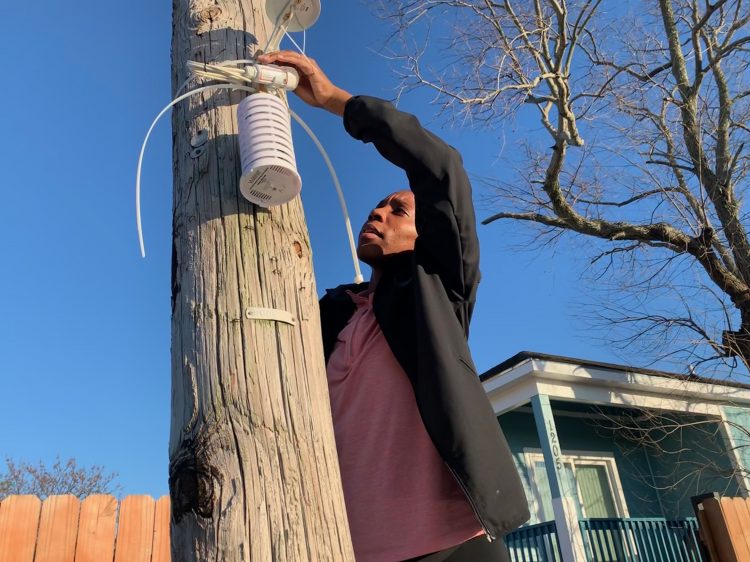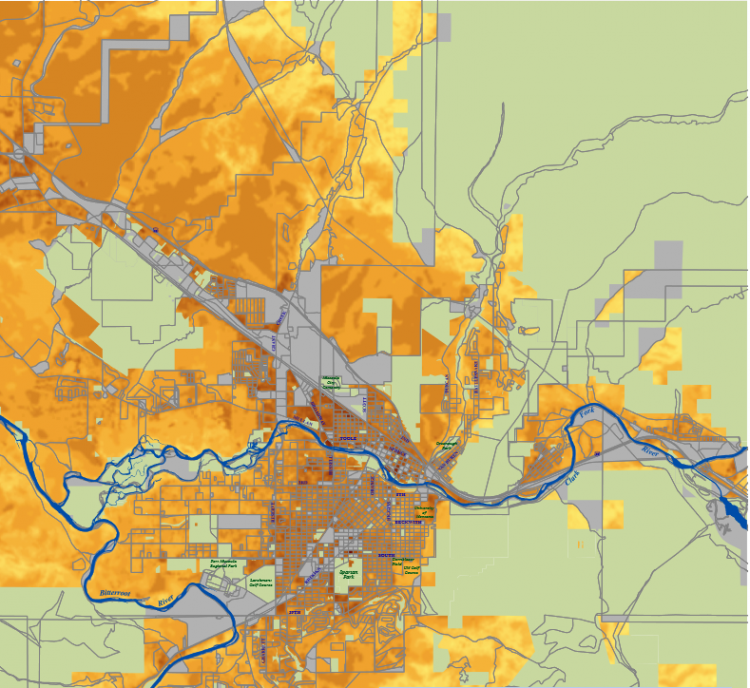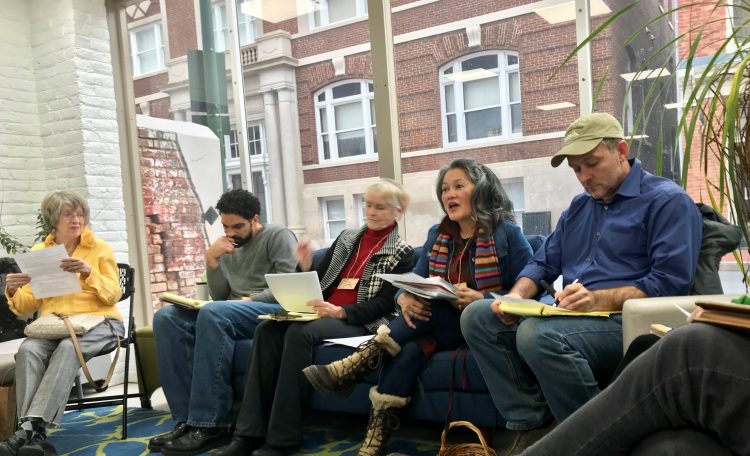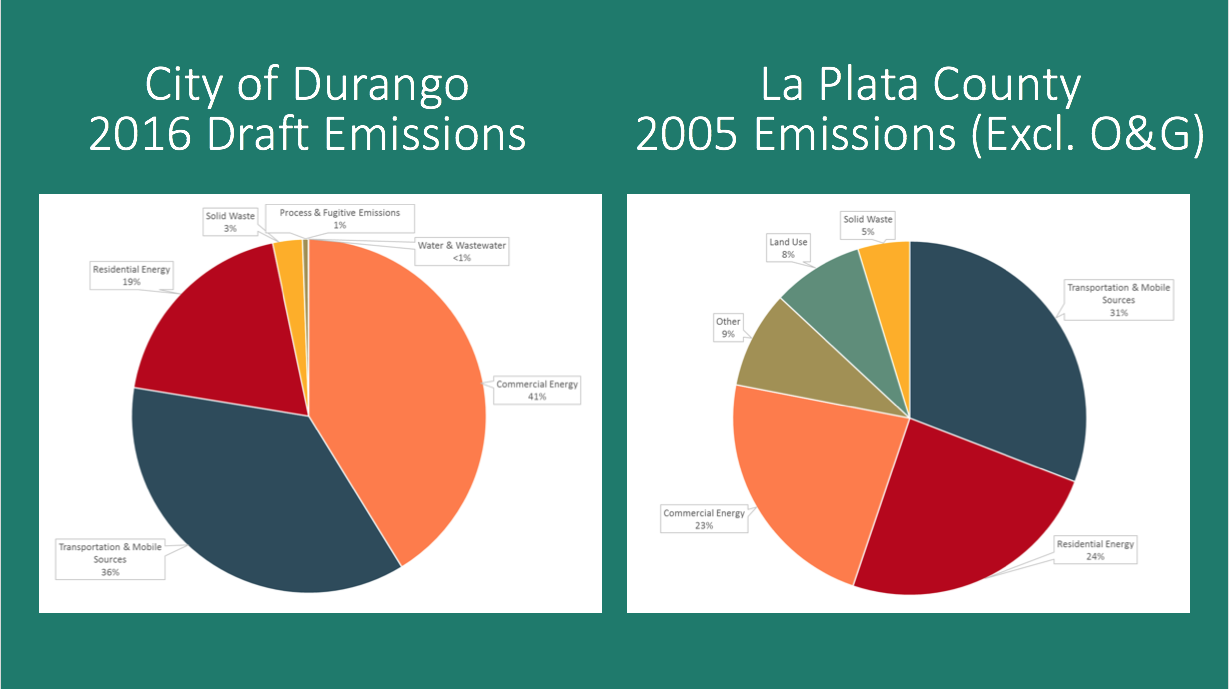These project updates come straight from the communities and scientists we work with. Send your Thriving Earth liaison a quick update + photo and we’ll highlight your project in our next newsletter!

Yasmin Davis installing weather sensors
From 7th Ward, New Orleans: Raising Sensors, money, and trees in the 7th Ward: Yasmin Davis (pictured) and Kayla Frand installed sensors to capture local weather features with ISeeChange. The team was awarded a $3,825 grant from the Tulane Center for Public Service for community meetings, student assistance and more sensors. Images of photoshopped tree plantings were created to gather community opinions in the 7th Ward under community leader Angela Chalk in collaboration with Thriving Earth Exchange, Tulane, Georgia Tech and the EPA.
From Durango, Co.: During 2018 and early-2019, the City of Durango Sustainability Coordinator, Imogen Ainsworth, worked with local scientists, Laurie Williams and Joanna Gordon Casey to conduct a Community-wide Greenhouse Gas Emissions Inventory for the area inside Durango City Limits.
In March 2019, after much collaboration, learning and some challenges, Imogen presented draft data to Durango City Council. With the exception of the on-road transportation data, the figures presented are likely to be those that appear in the final report. The draft inventory reveals energy use by commercial buildings and facilities to be the greatest source of emissions, followed by transportation and residential energy.
Imogen is currently working to complete a draft report of the inventory, highlighting results along with actions underway to reduce emissions, and possible future actions. The report will be reviewed first by City staff along with Laurie and Joanna, before being shared with other community members and, finally, published on the City’s website and shared with the public.
Per the City’s Sustainability Action Plan, the inventory will be updated every three years, with the next update due in 2020 using 2019 data. Once the inventory report is finalized, the team will work to document methodology and identify opportunities for improvements in data collection and reporting processes.

Vulnerability to temperature map created by Julia Tomkins M.S. Montana University
From Missoula, Mont.: Student research shows that increasing heat and wildfires will place Missoula’s disabled at risk. Climate Smart Missoula and the City of Missoula Climate Office initiated this project with Thriving Earth Exchange to study the effects of heat in the Missoula urban environment. The heat vulnerability map overlaid socioeconomic factors with heat exposure for the city of Missoula at the unprecedented census block scale. The primary components of vulnerability are linked strongly to communities with disabilities, living alone or low income. These findings will be presented to the city of Missoula committees and full Council, and the team plans to present the findings present at a Downtown Missoula Master Plan session and an Invest Health meeting.

BJ Vaughn representing Staunton Downtown Development Association, Melody Tennant, Chair of Shenandoah Green, Georgi Tomisato, Founder-President of Shenandoah Green and Tim Kreps representing Sustainable Shenandoah Valley.
From Staunton, Va.: Collaboration is key! This project’s goal is to eliminate single-use plastic straws and shopping bags, map and cut back Staunton’s waste flow, measure plastic in the Middle River and tributaries (all of which are part of the Chesapeake Bay watershed) and educate the public on the hazards of plastics. In January, the two project community leaders joined forces with others in the community who were interested in the fight against plastic and formed a group called Shenandoah Green. Shenandoah Green had its first meeting of multiple community groups and the local mayor, Carolyn Dull, on February 01, 2019 to discuss resources and the collaboration necessary to develop a sustainable conservation initiative in the Shenandoah Valley.

